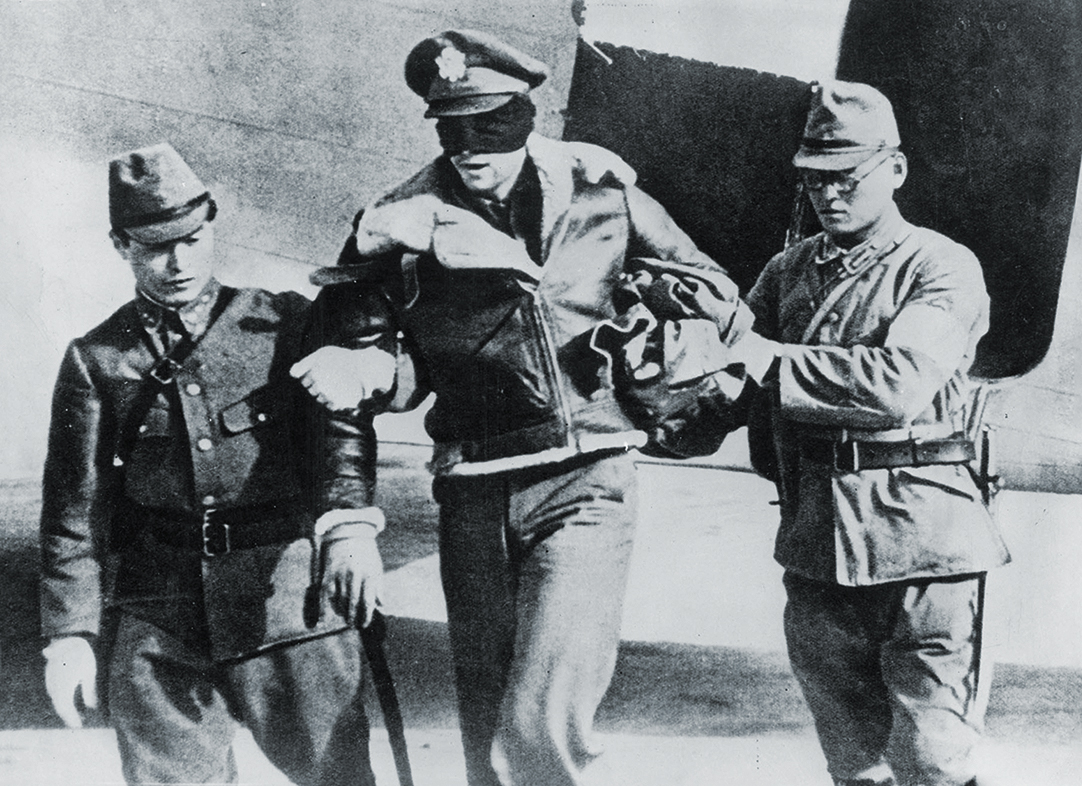In spring 1942, Japan’s military was the virtual master of its area of operations. It had overrun most of Southeast Asia and a huge swathe of the western Pacific with startling speed after Dec. 7, 1941, and the campaigns in mainland China seemed well in hand. The Dutch and French colonial territories had fallen to the Japanese, as had the British territories of Malaya, Singapore, and Hong Kong, and besieged United States forces in the Philippines were on the verge of defeat. The Empire of Japan was ascendant. The imperial government assured its people that Japan’s Home Islands were safe from retaliatory attacks by any of the Allied powers.
That assurance was shattered at noon on April 18, 1942 when 16 B-25B Mitchell bombers, launched from the US Navy aircraft carrier Hornet, roared in over the island of Honshu, vectoring in from different points of the compass. It was a hit-and-run attack. After dropping their bomb loads on Tokyo and five other cities, the American aircraft made for the Chinese mainland, where all but one ditched or crash-landed.
The Enemy Airmen’s Act
In terms of battle damage assessment, the Doolittle Raid did not accomplish much physical damage to high-value military targets, but the psychological effects of the mission were tremendous. It provided a major boost to American morale, both in the military and on the home front, and it shocked the Japanese out of their illusions of invulnerability.
The attack also provoked two Japanese reactions of far-reaching consequences that resulted in the deaths of thousands of people, most of whom had nothing to do with the raid.
A month after Doolittle’s strike, the Japanese army launched the Zhejiang–Jiangxi Campaign, a reprisal operation against Chinese who had assisted Doolittle’s aircrews. The campaign also sought to deny Allied access to China’s eastern provinces, either as a launching point or escape route. Japanese forces killed more than 10,000 Chinese civilians in direct retaliation for the air raid on the home island. In the four months of the punitive operation (May–September 1942) as many as 250,000 civilians were slaughtered.
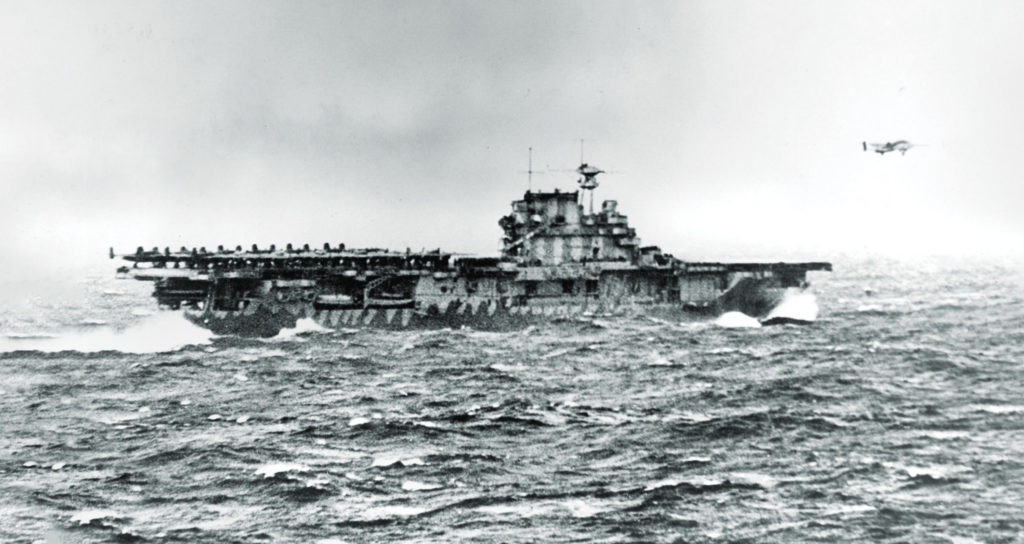
While that death toll mounted, the Japanese government drafted official policies specifically aimed at Allied aircrews who carried out aerial attacks against Japanese targets—past, present, or future. In July 1942, the War Ministry issued Military Secret Order 2190, which stated: “An enemy warplane crew who did not violate wartime international law, shall be treated as prisoners of war, and one who acted against the said law shall be punished as a wartime capital crime.”
The wording of that directive seemed straightforward enough, citing international laws of war as the determiner of what was lawful conduct and what was criminal. However, it quickly became clear that the Japanese applied a questionable interpretation on what constituted “criminal” conduct by enemy aviators.
Expediting executions
On Aug. 13, 1942, Gen. Shunroku Hata, the Supreme Commander of the Japanese Forces in China, issued Military Order No. 4, an edict that later became infamous as the Enemy Airmen’s Act. The four sections of the order specified that “bombing, strafing, and otherwise attacking” civilians, private properties, or non-military targets was a crime punishable by death. While the language of the order seemingly allowed for contingencies, allowing for cases where “such an act is unavoidable” (as extant international laws of war had already determined), the Japanese chose to interpret every attack against targets in their sphere as criminal instead of as acts of legitimate warfare.
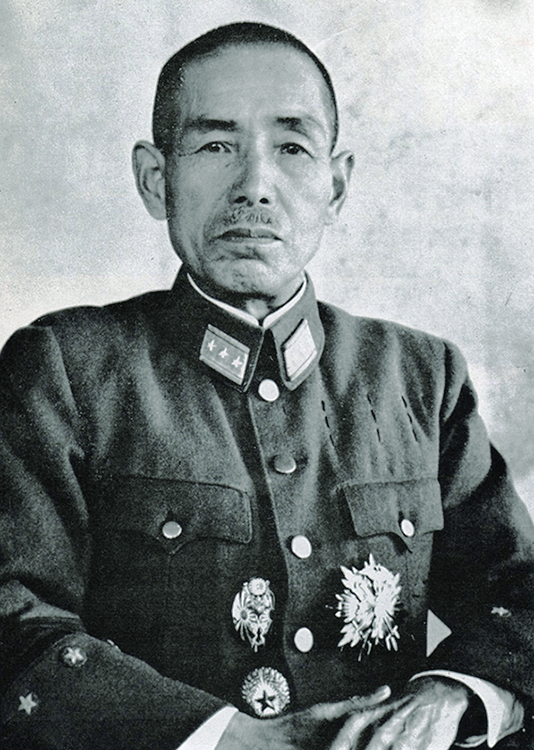
The Enemy Airmen’s Act was also an ex post facto order since it stated, “This military law shall be applicable to all acts committed prior to the date of its approval.” That provision was specifically aimed at the American airmen who had flown in the Doolittle Raid.
Eight of Doolittle’s aviators fell into Japanese hands in China. They were tried by a Japanese military tribunal in a cursory trial where they were all sentenced to death, even before Military Secret Order 2190 was issued. When the Assistant Chief of Staff of Imperial Army Headquarters sent Order 2190 to Japanese forces in China, he amended a memorandum which stated, “concerning the disposition of the captured enemy airmen, request that action be deferred… pending proclamation of the military law and its official announcement, and the scheduling of the date of execution of the American airmen.”
The Doolittle Raiders
The condemned aviators were moved to Tokyo. The sentences of five were commuted to life imprisonment. The other three men—1st Lt. Dean Hallmark, 1st Lt. William Farrow, and Sgt. Harold Spatz—were executed on Oct. 15, 1942. The U.S. government knew about the executions during the war, but U.S. President Franklin D. Roosevelt suppressed the information. The Allies initiated a postwar investigation for a war crimes prosecution against the Japanese officers who conducted the trial of the Doolittle aviators.
The Enemy Airmen’s Act was the template for subsequent edicts that the Japanese enacted against captured Allied aircrews, especially as American air raids against the Home Islands escalated in intensity and destructiveness. Between 1944 and the signing of Japan’s surrender on Sept. 2, 1945, as many as 132 Allied airmen were convicted by the Japanese in summary courts-martial, condemned to death as criminals and executed. At Fukuoka, 15 captured airmen were executed after Emperor Hirohito’s announcement of impending surrender.
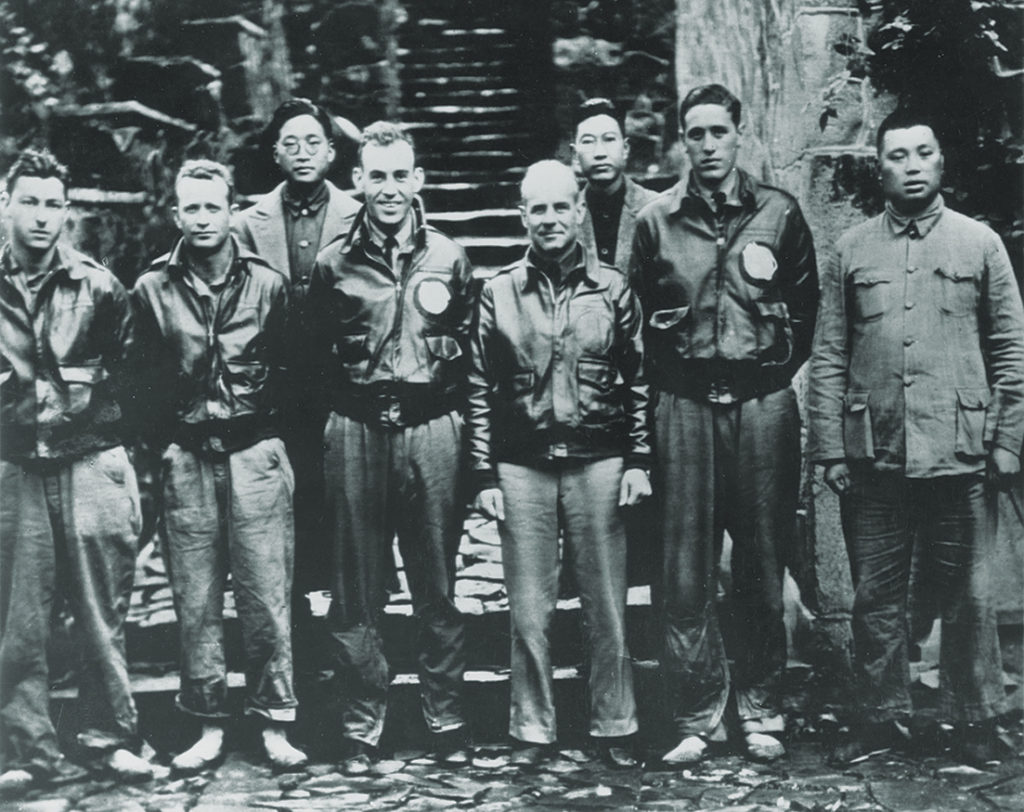
This was the culmination of a practice repeated throughout the war, as the Japanese subjected captured Allied airmen to interrogations that used torture to extract confessions (usually written in Japanese without English translation), summary trials, and execution by firing squad or beheading. Yet even that perfunctory process was not enough for some senior Japanese officials.
Near the end of the war, the Commandant of the Military Police in Japan wrote an official memorandum to his subordinate commanders complaining that those field expedient trials, hasty as they were, unnecessarily delayed the executions of enemy airmen prisoners. As a direct result of that complaint, at least 90 American aviators were executed in the last weeks of the war.
War Crimes Tribunals
After the war, Allied war crimes tribunals targeted Japanese personnel involved in the deaths of captured aviators. Senior military officers under whose authority the trials and executions of airmen were conducted were obvious targets for prosecution, but so too were rank-and-file Japanese soldiers personally implicated in the abuse and murder of prisoners of war.
Tsuchiya Tatsuo, a prison camp guard, was tried as a Class A war criminal and charged with eight specifications of torture and cruelty to prisoners. In particular Tsuchiya was accused of the prolonged torture of a prisoner named Robert Gorden Teas. Eight witnesses swore out affidavits detailing how Tsuchiya beat Teas to death over a period of five days. In December 1945, Tsuchiya was found guilty and sentenced to life imprisonment at hard labor.
In July 1946 a US Military Commission tried Lt. Gen. Harukei Isayama, former commander of the Japanese Formosan Army, along with seven of his subordinates. The charge against Isayama was that he “did permit, authorize and direct an illegal, unfair, unwarranted and false trial” of American prisoners of war, and that he then ordered a Japanese Military Tribunal to sentence those prisoners to death and ordered the carrying out of the executions. The American court charged Isayama for war crimes involving 14 American aviators shot down and captured between Oct. 12, 1944, and Feb. 27, 1945.
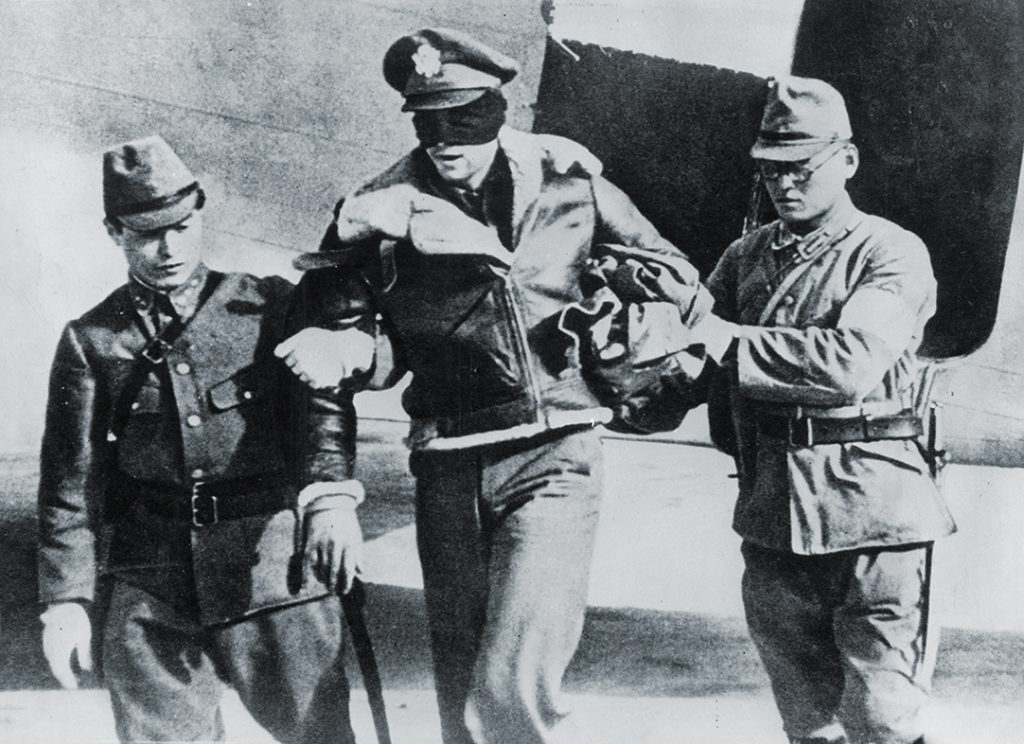
The earlier date was critical, because that was when the Japanese had implemented the Formosa Military Law—an edict repeating the dictates of the Enemy Airmen’s Act but applying specifically to all airmen captured within the jurisdiction of the Japanese 10th Area Army.
The Formosa Military Law declared that “the severest punishment” would be applied to enemy airmen who bombed or strafed objectives of a non-military nature, who “disregarded human rights and carried out inhuman acts,” or who entered 10th Area Army’s jurisdiction with any intent of committing such acts. All 14 trials were completed in a single day. No defense was allowed. The defendants were not permitted to speak on their own behalf. Afterwards the 14 airmen were shot and buried in a ditch on the morning of June 19, 1945.
Bombings in China
Isayama’s defense counsel (an American jurist) argued that because senior officials in Tokyo had approved the use of death penalty in the summary trials of the 14 American POWs, Isayama’s tribunal had no choice but to sentence the airmen to death. Isayama himself, his attorney insisted, was required to order capital sentences to be carried out.
The American Military Commission found the argument unconvincing. Isayama and his co-defendants were all found guilty. The Chief of the Japanese Judicial Division and the military intelligence officer who oversaw the interrogations and torture of the POWs were both sentenced to death. Both sentences were later commuted to life imprisonment. Isayama and the others received prison sentences ranging from 20 years to life.
Aside from the fact that the Japanese treatment of enemy airmen was a clear violation of extant international military law, it was also a colossal hypocrisy. Beginning in 1937 with the outbreak of the Sino-Japanese War, the Japanese military had repeatedly targeted Chinese cities with the deliberate intent of terrorizing and murdering the Chinese population. From August to December 1937, Japanese bombing raids hammered Nanjing, targeting power plants, water works, and even the city’s Central Hospital. Shanghai, Guangzhou, and Chongqing were bombed numerous times. In Chongqing alone, more than 10,000 Chinese civilians were killed in at least 268 separate Japanese air raids. In a direct connection to the Doolittle Raid, the Japanese flew 1,131 bombing attacks against Chuchow—Doolittle’s intended destination—killing 10,246 people in that city alone.
In the Second World War, every major power conducted aerial attacks on its enemy’s civilian population. No nation could claim complete innocence of that. However, the Japanese implementation of the Enemy Airmen’s Act was war crime compounded upon war crime.

